|
John Tyman's Cultures in Context Series EGYPT and the SAHARA www.johntyman.com/sahara |
|
7.3 Future Challenges : Rural and Urban Pt. II: 616-635 |
| . |
|
John Tyman's Cultures in Context Series EGYPT and the SAHARA www.johntyman.com/sahara |
|
7.3 Future Challenges : Rural and Urban Pt. II: 616-635 |
| . |
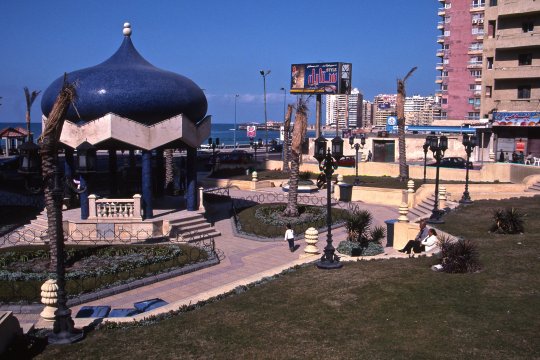 |
| .618. Alexandra’s prosperity is reflected in waterfront amenities not unlike those of seaside resorts in Europe and America, with well-maintained parks and gardens. |
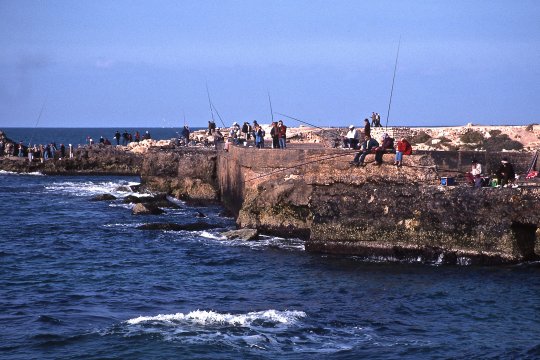 |
| .619. And there is room for a host of anglers -- both men and women -- on the walls of the old harbour. |
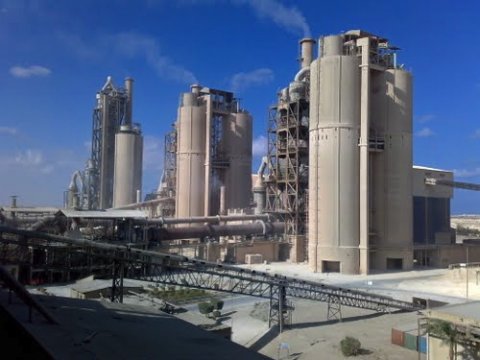 |
| .622. Till quite recently Egyptian industries were focused on the processing of agricultural products like cotton and sugar: but the regime established in 1952 gave high priority to the development of heavy industries -- steel mills, cement factories, fertilizer plants, and electric power stations. (Amreyah Cement factory near Alexandria courtesy L.M.Cabrita) |
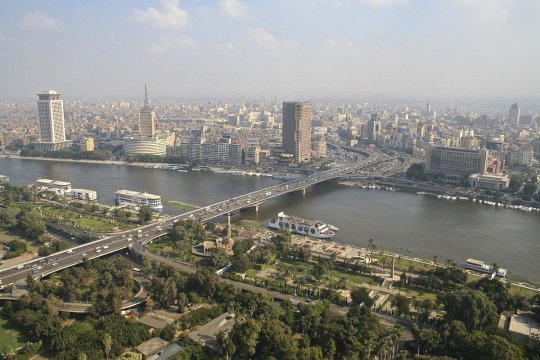 |
| .624. With 17 million inhabitants, Cairo is Africa’s largest city and one of the most densely populated areas in the world -- with well over 100,000 persons per square kilometre in some neighborhoods, and a corresponding level of pollution. (Courtesy Omar Kamel) |
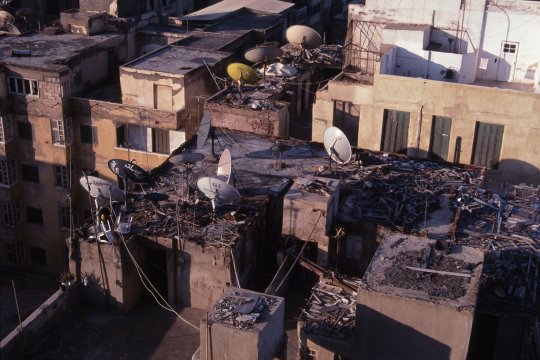 |
| .626. The fact that buildings are erected in a hurry, and that their owners hope to increase their height, should the opportunity arise, is obvious from their unfinished appearance at rooftop level. |
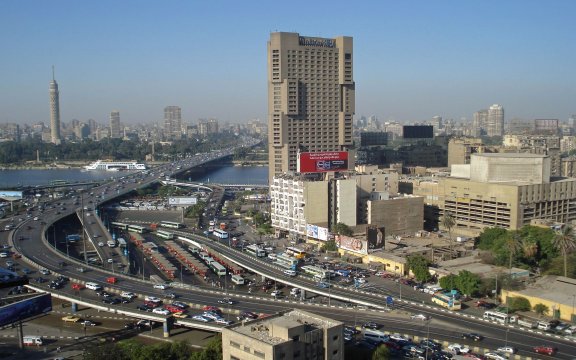 |
| .629. During rush hour in Cairo the traffic downtown is trapped in gridlock -- due not only to the enormous number of cars, but also lines of buses (since five million people here use public transport every day), and thousands of handcarts and vehicles drawn by animals. (Lighter traffic at Wallsforpc.com) |
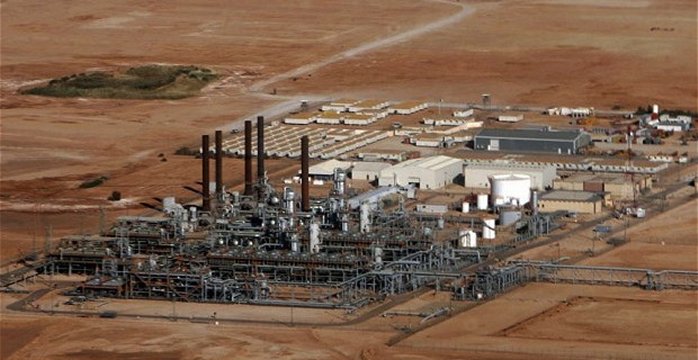 |
| .631. In addition, the new-found wealth derived from oil and gas has proved to be a mixed blessing. It has made governments here susceptible to blackmail by armed terrorists. In 2013 fundamentalists over-ran the Algerian facility at In Amenas, said they would destroy it, took hostages, killed some, and declared that the others would only be released if the Algerian government (a) freed terrorists they had imprisoned earlier and (b) ceased to allow French war planes to use Algerian airspace. (The In Amenas gas facility courtesy i.telegraph.co.uk) |
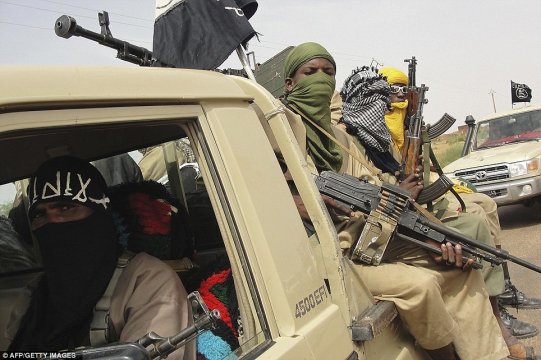 |
| .632. At that time French planes were bombing a related group of Islamic fundamentalists who threatened to take over Mali. French ground troops were also involved ... in a campaign reminiscent of the colonial era. For local Tuareg warriors also, the ensuing battles offered them a taste of former glory. They had served as mercenaries in Libya, trained by Gaddafi, and when he was overthrown in 2011 they escaped through Algeria bringing their weapons with them. (Courtesy Getty Images) |
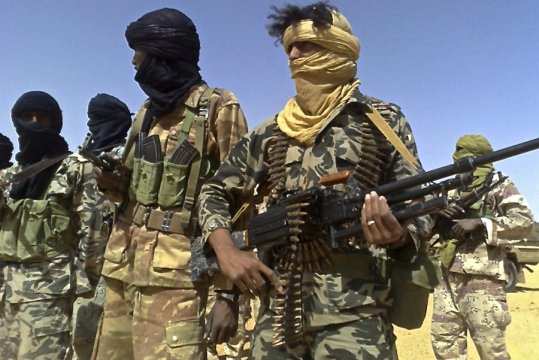 |
| .633. They then joined a coalition of Islamic extremists headed by members of Ansar Dine (“Defenders of the Faith”), reviving memories of their former glory as raiders. Interestingly enough, though, after early victories, the fundamentalist leadership of the Islamic coalition chose to dispense with the services of the Tuareg ... possibly because as Arabic-speaking followers of the prophet the terrorists still doubted the purity “those caste out by God”! (Tuareg terrorists in Mali at news.abamako.com) |

![]()
Text and photos by John Tyman
unless otherwise indicated.
Intended for Educational Use
Only.
Contact Dr. John Tyman at johntyman2@gmail.com
for more information regarding
licensing.
![]()
www.hillmanweb.com
Photo processing, Web page layout,
formatting and hosting by
William
Hillman ~ Brandon, Manitoba ~ Canada